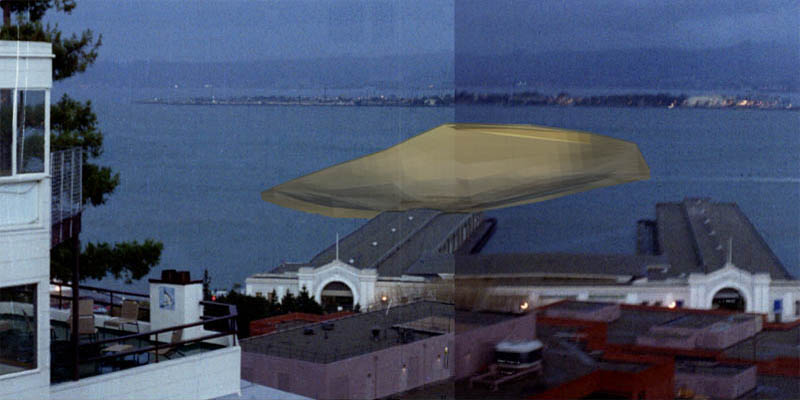 |
|
The Library Store was often described as a sepia shadow. It was essentially a greenhouse,
sitting in the middle of a hydroponically sustained tiny botanical garden on the warf.
Every day, at 2:30, when there was sunshine, the shadow from the Library Of All Of the
Stories Of The City cast itself across the small building and made it appear to be like
a bookshop from Charles Dicken's writings. The manuscripts yellowed and sank agedly into
the display cases, and the disks: floppy, laser, cd and holoword all took on the aspect
of curios from an apothecary. This was the time that Faith liked the store best. She was
romantically caught up in old stories. She wore black clothes on limbs as frail as the
high notes from an alto saxophone. She found herself sliding in and out of concentration,
caught up in several kinds of stories slipping musically through her mind. She never
answered questions she was asked directly, but gave long, involved and charming answers to
questions never asked, that somehow mesmerised all of the customers and made them buy more
Library artifacts than they had intended.
Because of its close alliance with technology, architecture objectifies the forms of modern cuture with great clarity. In its fearless exploration of inner and outer worlds, modern culture has evidently reached a turning point - a kind of phase transition from one set of values to another. O. B. Hardison, Disappearing Through the Skylight The gold coloured library had been written across the sky 45 years ago, expressly to contain all of the stories written about San Francisco. Someone had to keep them and annotate them and distribute them and manage them and pass them on, it was a form of civic pride. They kept rising up into the air and overlapping and crossing and collecting in the library. next |